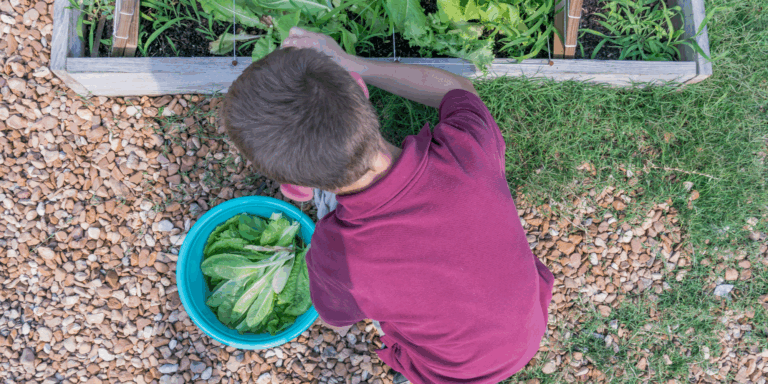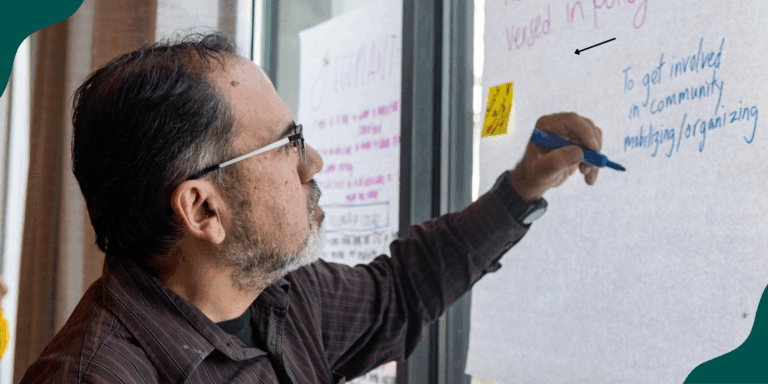The Policy Brief: Government Shutdown Edition
What does the shutdown mean for child nutrition programs?
Help nourish students’ minds, bodies, and hearts this holiday season!
What does the shutdown mean for child nutrition programs?

Shutdowns underscore how fragile child nutrition programs can be.
As you may know, the federal government entered a shutdown on October 1, when Congress failed to pass the required 12 annual appropriations bills or agree on a short-term funding patch called a continuing resolution (CR).
In order for the shutdown to end, both chambers of Congress must pass the same funding measure (appropriations bills or a CR). However, the House has been out since September 19, and while the Senate is in session, none of the votes on spending bills have broken the stalemate. Without both the House and the Senate engaged, a deal cannot be finalized. Unless decisive action is taken before November 4, this historically disruptive event is expected to become the longest shutdown ever.
Child nutrition programs like WIC and SNAP face funding uncertainty, USDA staff who manage school meals are furloughed, and the disruptions reach farmers and food suppliers. The ripple effects of the shutdown extend well beyond the federal buildings in DC, eventually impacting and destabilizing access to nutritious food for millions of children.
WIC is usually the first nutrition program to be affected by a government shutdown because its funding depends on annual appropriations from Congress. This time, to prevent a lapse in funding, the White House announced a limited infusion of tariff funds to keep the program operating. However, this is a temporary solution, likely to last only weeks. States and agencies have warned they cannot plan confidently beyond that window and have begun scaling back services that many parents and children rely on.
In response, lawmakers introduced the WIC Benefits Protection Act, which would amend the Child Nutrition Act to make WIC a mandatory spending program. If it’s passed, WIC would no longer be subject to annual appropriations decisions and would be protected from future shutdowns—but that doesn’t relieve the current situation. For now, WIC participants and state agencies are still in limbo, planning only a few weeks out until either the shutdown ends or additional funding is provided.
SNAP is a mandatory entitlement program authorized under the Food and Nutrition Act, meaning it isn’t subject to annual discretionary appropriations like WIC. Because of this, USDA can use contingency and carryover funds to maintain benefits for a limited time during a shutdown, so payments don’t immediately stop.
However, those funds are finite. The USDA has instructed states to hold off on transmitting benefits beginning November 1, disrupting essential access to food for roughly 16 million children who rely on the program. This marks the first time in more than six decades that SNAP has been interrupted. For millions of families who rely on SNAP, this uncertainty is especially difficult.
While USDA’s reimbursements to schools (for breakfast and lunch programs) can continue for now because of carryover funds, many of its staff, who do everything from reviewing school meal reimbursements to issuing new grants, are now furloughed. If the shutdown persists, reimbursements could slow down or stop, creating cash-flow problems for school districts.
Even when frontline programs like SNAP and WIC remain technically funded, the loss of USDA personnel disrupts oversight, guidance to states, and planning for future program improvements. Farmers and food suppliers who rely on the USDA to move contracts or payments also experience delays.
The extension of the Affordable Care Act (ACA) subsidies has been a key sticking point in negotiations. That’s because ACA subsidies are set to expire at the end of 2025, and as a result, the cost of household health insurance will increase when open enrollment begins (November 1). For many, these higher costs will lead to tighter family budgets and greater food insecurity. With that date fast approaching, limited WIC funding, and signals of potential SNAP disruptions, pressure is mounting to end the shutdown.
FoodCorps is watching these developments closely. We’ll keep you in the loop with opportunities to advocate for child nutrition programs and safeguard them from political uncertainty.
Ready to get involved? Fill out an advocacy profile and we’ll reach out when it’s time to raise your voice.

Winterizing Your School Garden

5 Awesome Small Businesses by FoodCorps Alums

How to Advocate to Your School Board for Nourishing Food